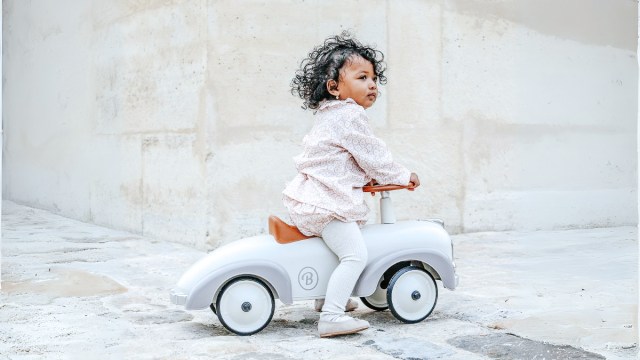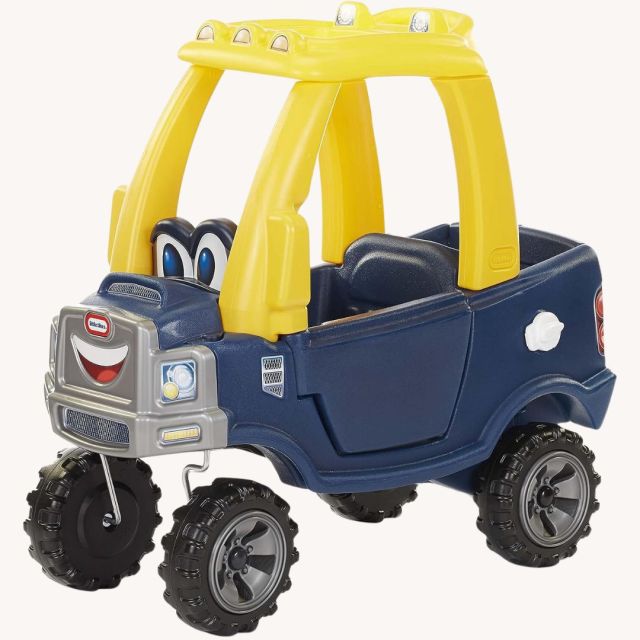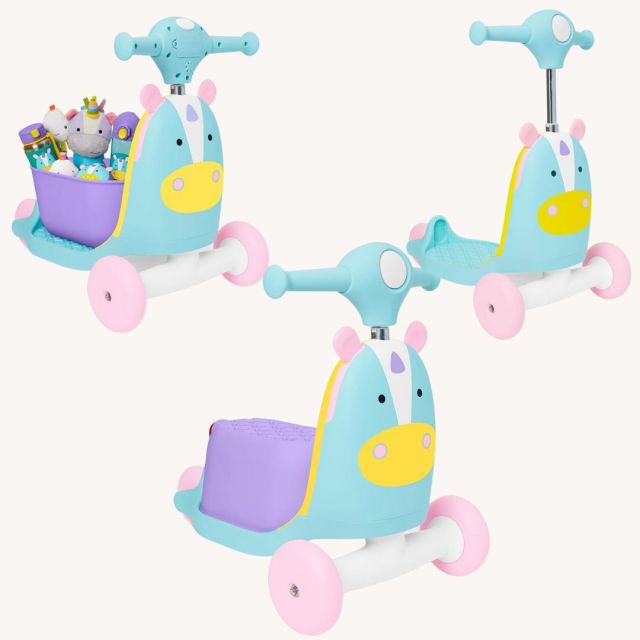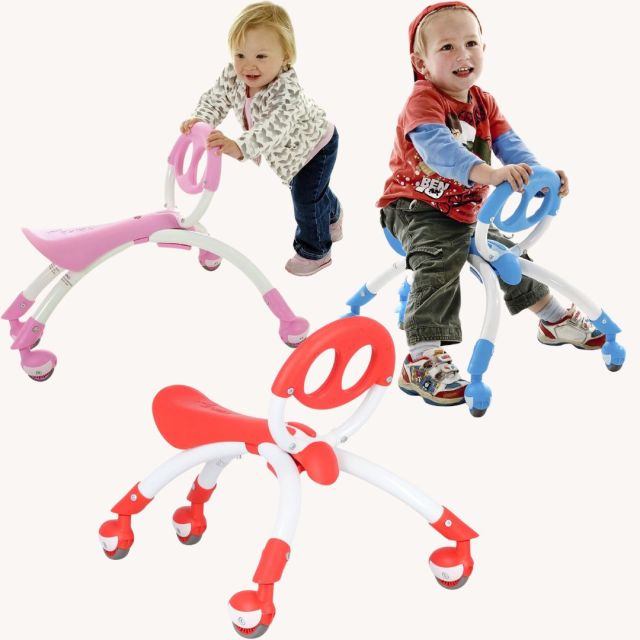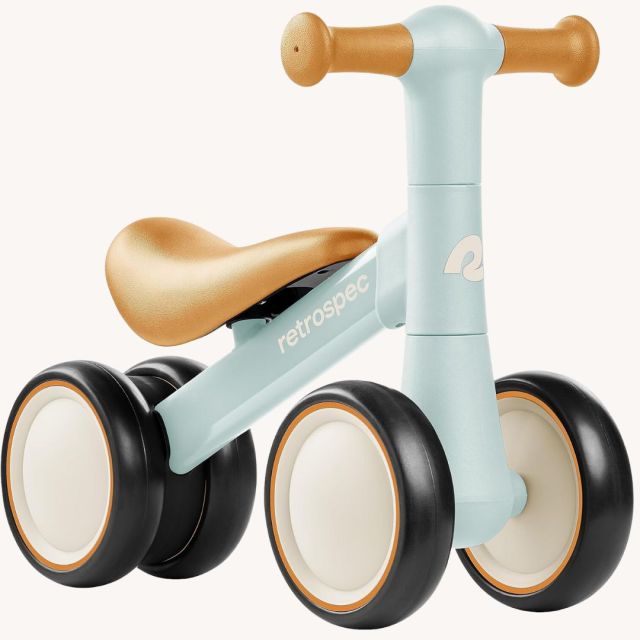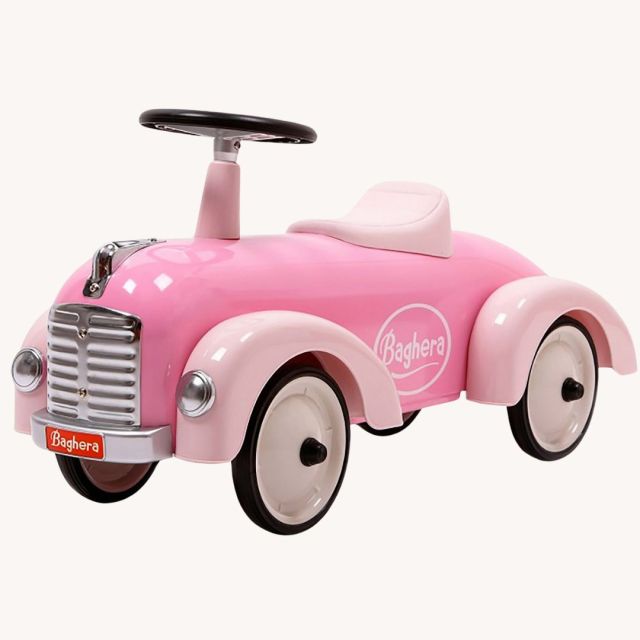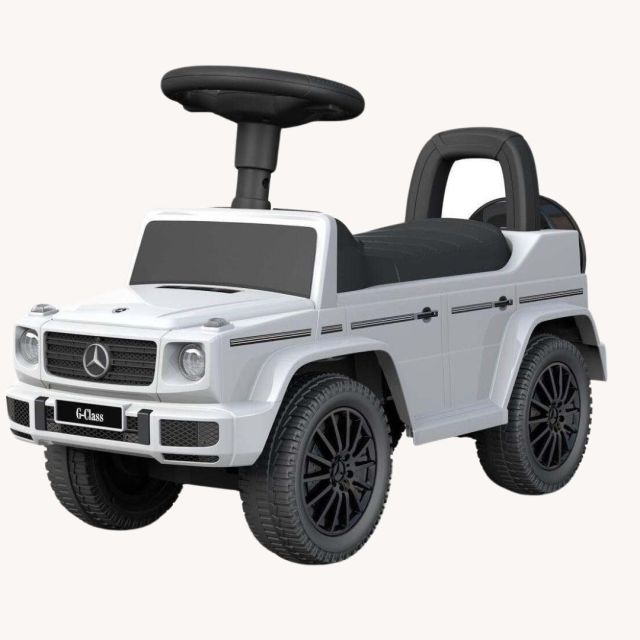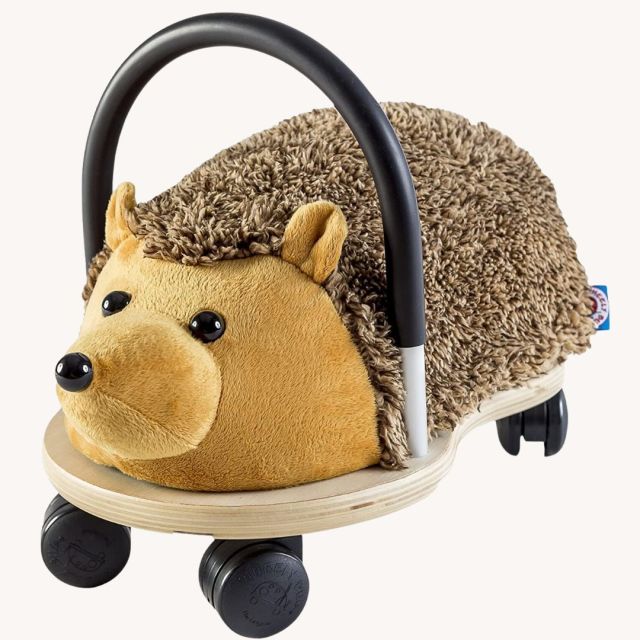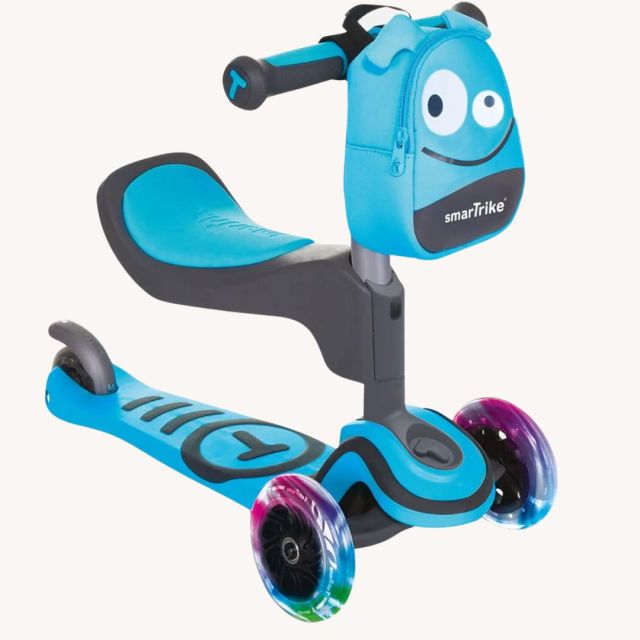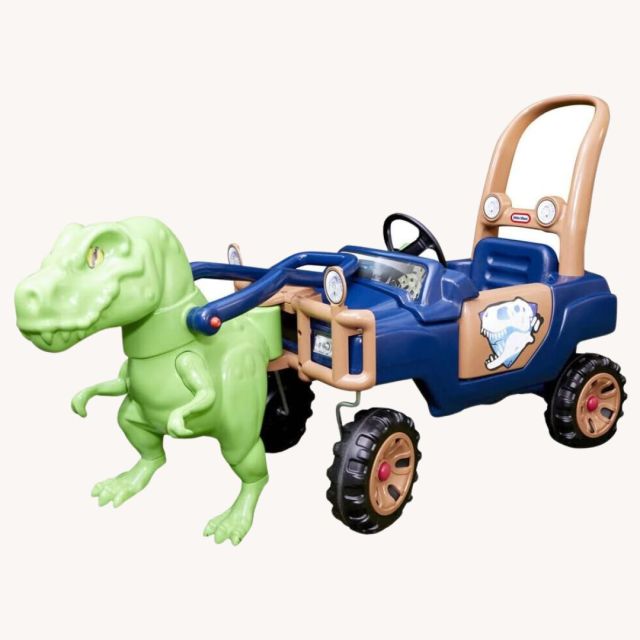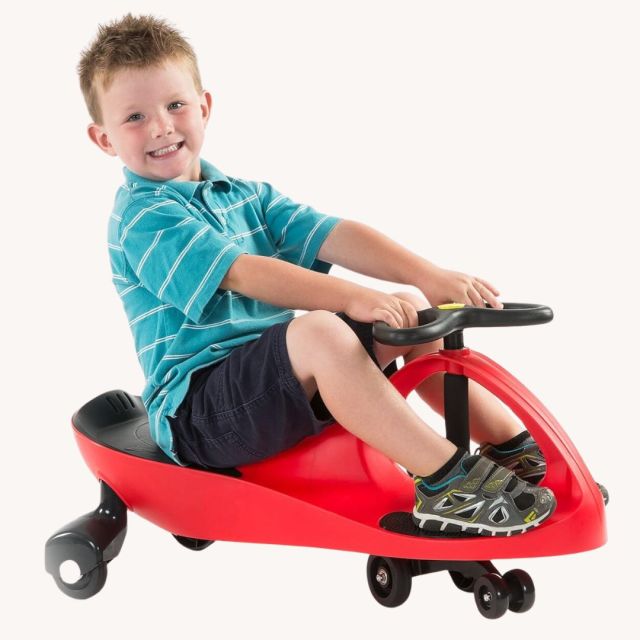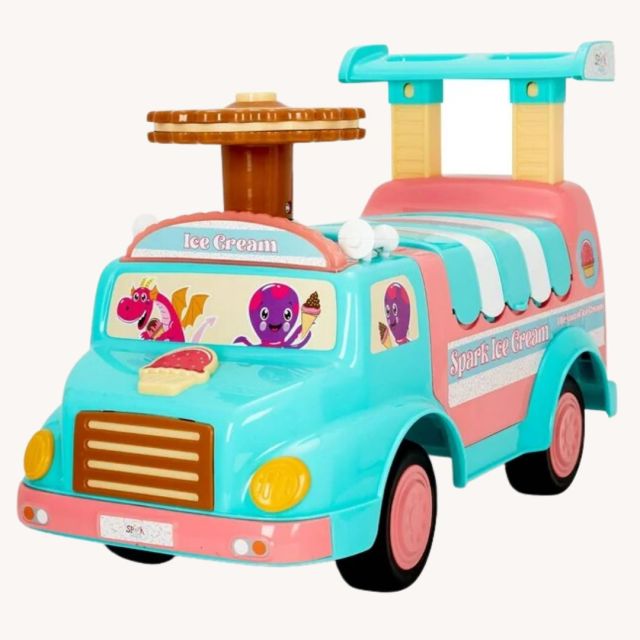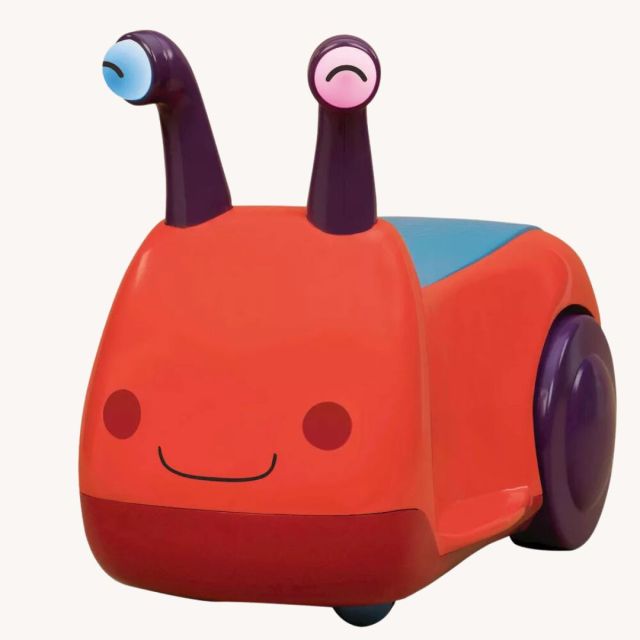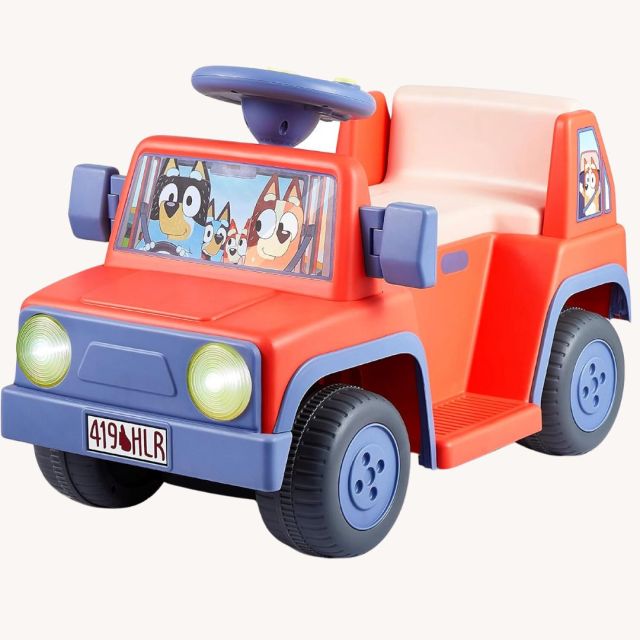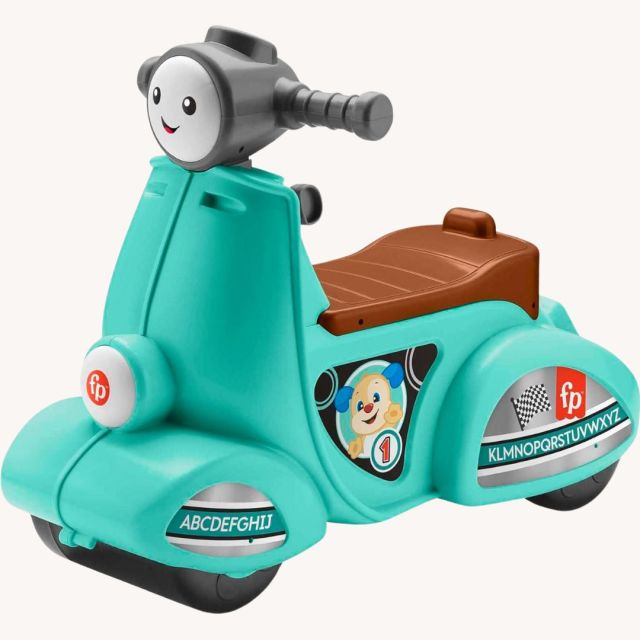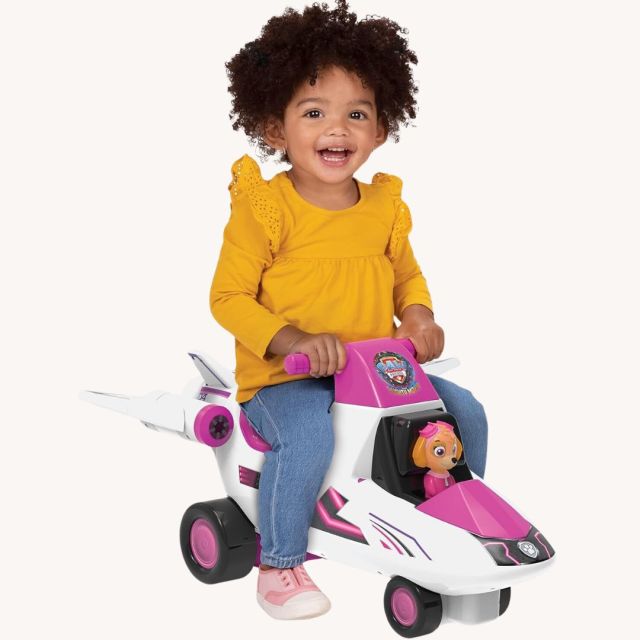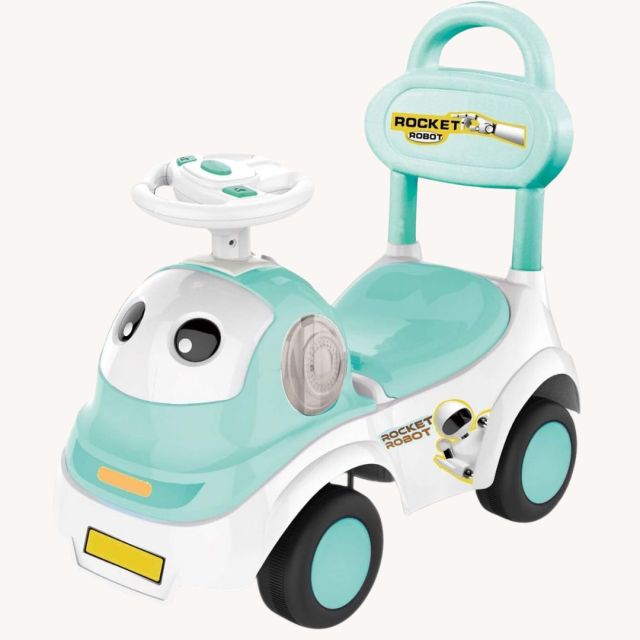Climbing trees, riding bikes, learning to skateboard: Childhood is a time for experimentation and pushing boundaries. And, like all ages and stages of raising kids, one person’s idea of good old-fashioned fun is another person’s worry. However, some things are never a good idea, so we asked ER pediatricians and other emergency and critical care physicians to set the record straight when it comes to activities that are simply unsafe. Here’s what they had to say:
1. Swim Alone
“Never allow a child to swim alone, no matter how old. This one is definitely at the top of my list of things I’d never let my child do. As a pediatric emergency medicine [doctor], I have seen drowning in children of all ages in all types of bodies of water—deep and shallow,” says Dr. Christina Johns, Senior Medical Advisor at PM Pediatric Care.
Refusing to let your kids swim alone might make you as popular as the Grinch at Christmas, but statistics back up this rule. According to the Centers for Disease Control, drowning in a pool, body of water, or bathtub is the leading cause of death in children aged 1-4 and the second leading cause of death for children aged 5-14.
The tween in your life might argue that they’ll wear a life jacket, but stand your ground. Life jackets (also called Personal Flotation Devices or PFDs) are (literal) lifesavers. However, if you’re alone, it’s still possible to drown while wearing one. According to CDR Kim Pickens, U. S. Coast Guard Reserve Operation BoatSmart Project Officer, in the article The Other 20%–When Wearing a Life Jacket Is Not Enough, “the more comfortable PFDs—those labeled as Type III or some Type V PFDs—will not turn an unconscious victim face up, at least not consistently. What most such PFDs will do (all but manually activated inflatables) is bring the person, whether unconscious or not, back up to the surface, enabling those nearby to quickly bring the victim to safety.” But that will only work if there’s someone around to get the tween’s face out of the water.
Bottom line: Supervise your crew when they swim, use life jackets in large bodies of water, and make sure the junior paddleboarders and canoers in your life always go out in a group.
2. Go Helmetless
“My child always wears a helmet when biking, roller skating, and skiing to protect her from head injury. As a pediatric EM physician and head injury researcher, I see the very serious consequences of unhelmeted head injuries and am vigilant in protecting my daughter (and her brain) from preventable injury,” says Angela Lumba-Brown, MD, pediatric emergency medicine physician at Stanford Medicine Children’s Health.
With more than 26,000 children visiting an ER yearly for head injuries, wearing a helmet is a no-brainer. According to the American Academy of Pediatrics, “Wearing a helmet can decrease the risk of head injuries by about 85% and facial injuries by about 65% among bicyclists.” Wearing a helmet is like using a seatbelt. You hope never to need it, but you’ll be grateful it’s there in an accident.
Children are less likely to complain if their caregivers are wearing helmets too. Adaira Landry, MD, MEd, emergency medicine at Brigham and Women’s Hospital and Assistant Professor at Harvard Medical School, gets the whole family involved in safety. “We always ride bikes and scooters with helmets. This risk of head and face injury is nonzero for young kids who are still learning balance and speed,” she says.
The US Consumer Product Safety Commission recommends using specialized helmets. Buying multiple helmets might sound like overkill, but activity-specific head gear “protect[s] your head from the kind of impacts typically associated with a particular activity or sport.” In other words, a bike helmet won’t protect your little hockey hero from a puck to the head. So get the right tool for the job.
Bottom line: As Dr. Landry says, “When it comes to raising adventurous children, there is a balance between excitement and risk. I want my kids to be daring and face challenges—and that can be done safely.” Helmets keep kids safe and are cheaper than reconstructive surgery.
3. Ride Forward Facing in a Car Before Age 3
“I would never let my two-year-old toddler ride in a forward-facing car seat–all babies and young toddlers should be in a rear-facing car seat up until they’re three years old or until they reach the weight and height max of their seat. Despite their cries and protest, keeping them rear-facing may mean the difference between life and death in an accident,” says Alok Patel, MD, a pediatric hospitalist at Stanford Medicine Children’s Health.
Car accidents are the second leading cause of death in children aged 1-4, after drowning. National Safety Counsel advises drivers to keep “…3-year-olds in rear-facing car seats for as long as possible. Once children outgrow the height or weight limit for their rear-facing car seat, they should ride in forward-facing car seats with a harness and tether.”
Bottom Line: Don’t switch to a forward-facing car seat too soon.
4. Get within Reach of Hot Liquids
“When my children were toddlers, I was pretty vigilant about scald burns from hot coffee and soup. I had my antennae up all the time, with my eyes constantly darting back and forth between the child and the hot beverage,” says Alan Schroeder, MD, pediatric critical care physician at Stanford Medicine Children’s Health.
According to the American Burn Association, “In children under five years of age, approximately 27-60% of scalds occur from cups/mugs/tableware containing hot liquids; most commonly from a pull-down (48%) or spill (32%) mechanism.”
Small children lack the lived experience and impulse control to prevent a scalding injury. Add in immature motor skills, and you have an accident just waiting to happen. Young children also have thinner dermal layers than adults and will sustain a more severe burn at a lower temperature. Scald burns make up 35% of overall burn injuries admitted to U.S. burn centers; of that number, 61% are in children under five years old.
Most of us would never leave hot food or drinks within reach of an unsupervised toddler. But if you have a tablecloth or table runner, Daddy’s coffee is just one pull away. Consider packing these items away until the kiddos are a little older.
Bottom line: The U.S. Fire Administration advises parents and caregivers to keep children three feet away from anything that can get hot.
5. Drive (or Ride on) an All Terrain Vehicle (ATV)
“I’d never let my child ride an ATV (especially without a helmet and full body protective padding, which I see all too often). Unfortunately, very young children, even under 10, operate these vehicles, which can cause major traumatic injury in the blink of an eye,” says Dr. Johns.
We get it; there’s nothing quite as thrilling as racing across a field in an ATV. And it can seem like harmless fun if you keep your little speedster on a deserted stretch of road. But the American Academy of Pediatrics (AAP) recommends that children under 16 not be allowed to operate them. ATVs have killed thousands of kids and seriously injured at least a million more. Adult ATVs can weigh almost 600 lbs; the lightest youth-sized ATVs clock in at a little over two 200 lbs. That’s too much machine for your average nine-year-old to control.
Driving an ATV safely requires the same skill level and quick thinking as any other motor vehicle. If you wouldn’t let your tween drive the family car, don’t let them get behind the wheel of an ATV.
Bottom line: Dr. Johns’ verdict is that ATVs are “Too much of a risk for too little a reward, says the pediatric emergency medicine physician, me!”
Related: 11 Items Doctors Say Every Parent Should Carry
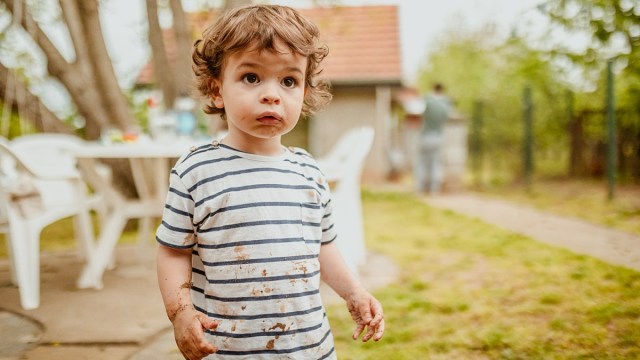





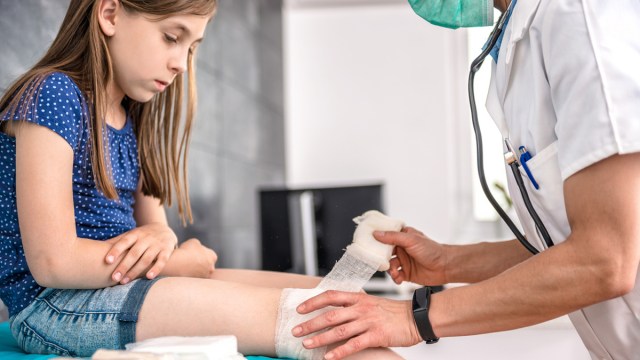
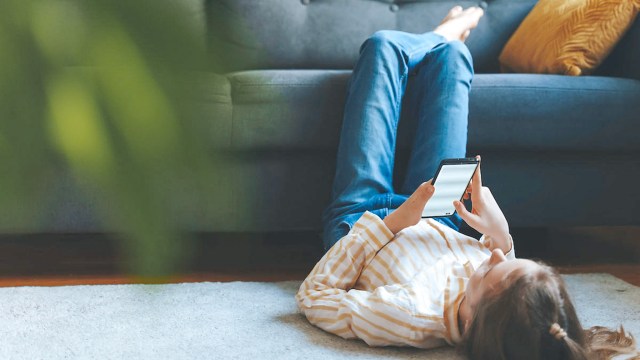
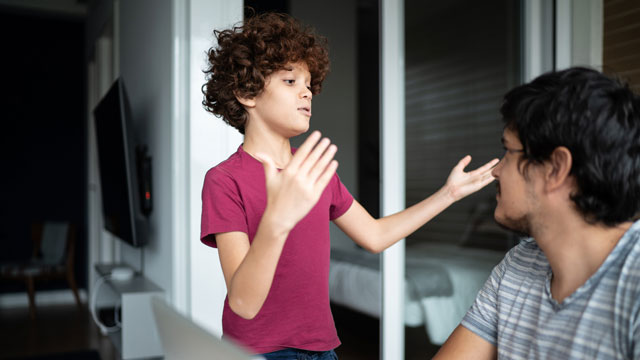
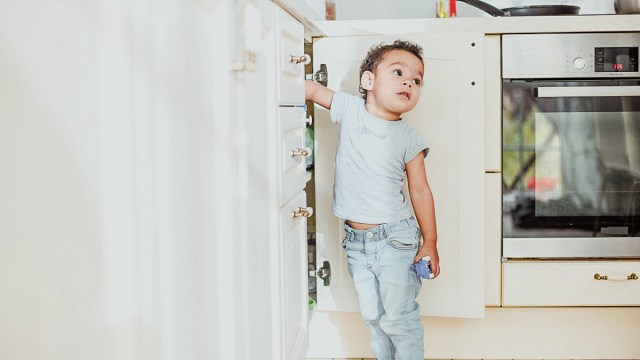
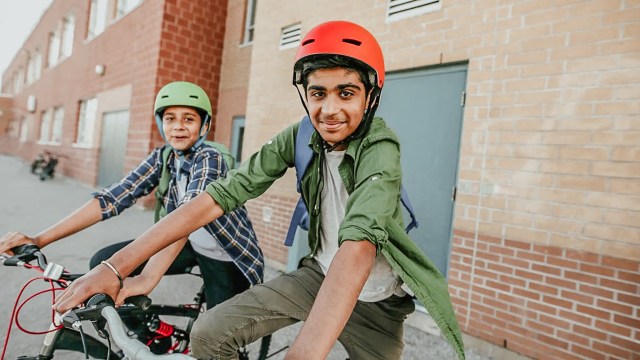
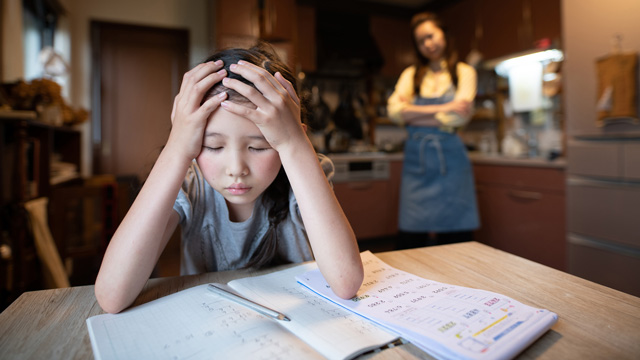
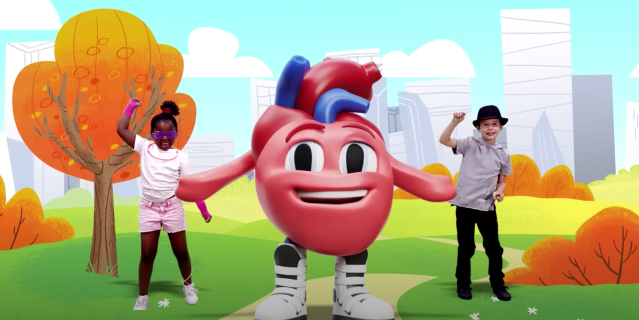

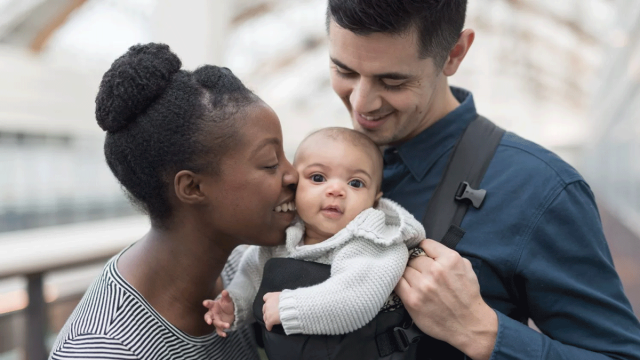
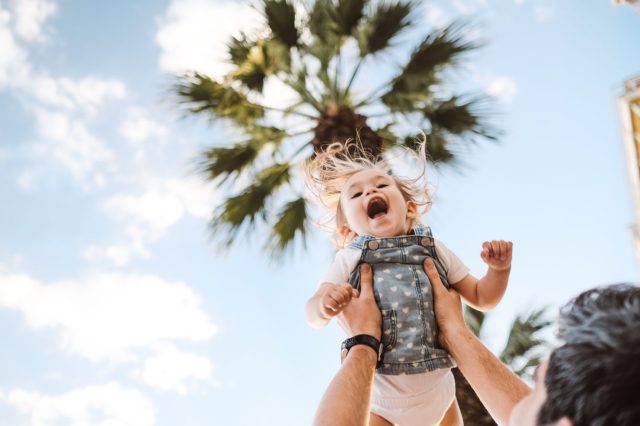
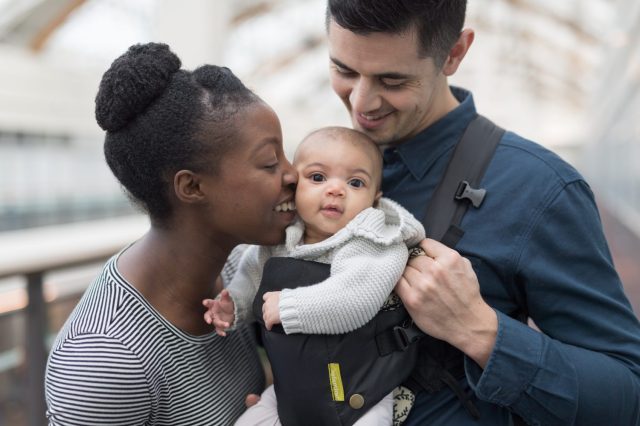
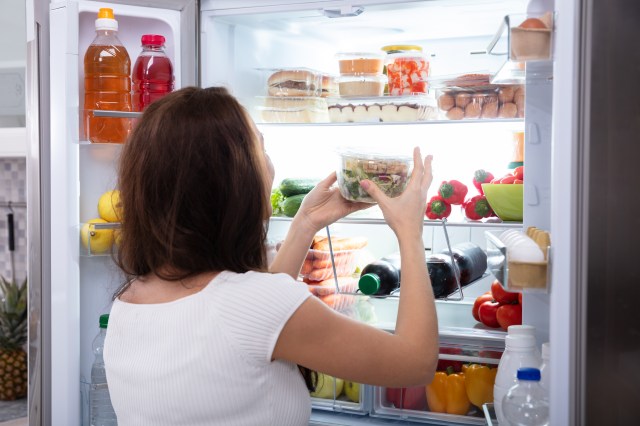
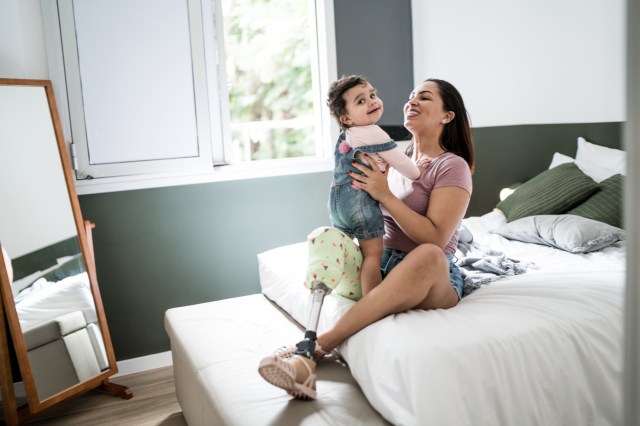



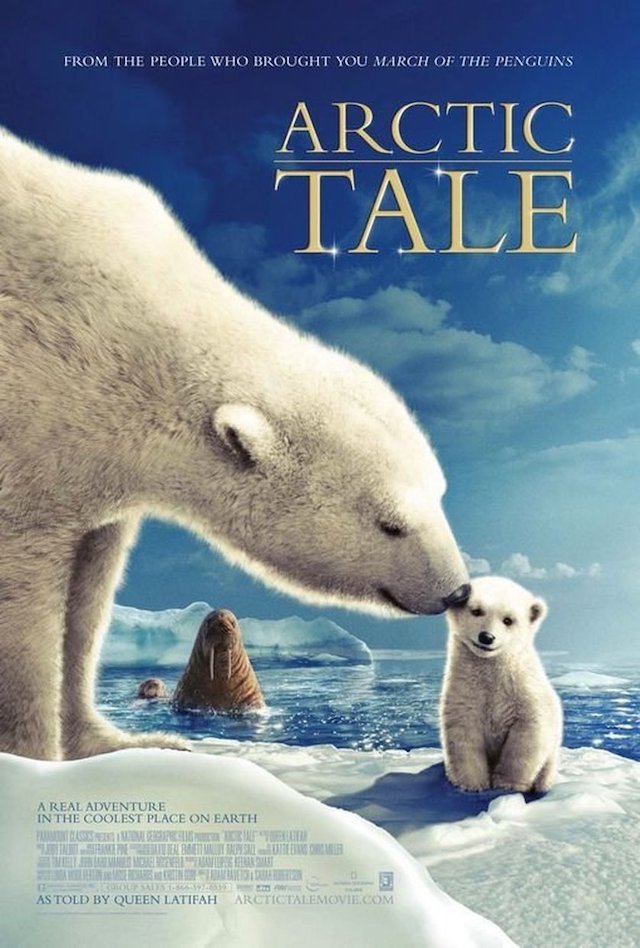
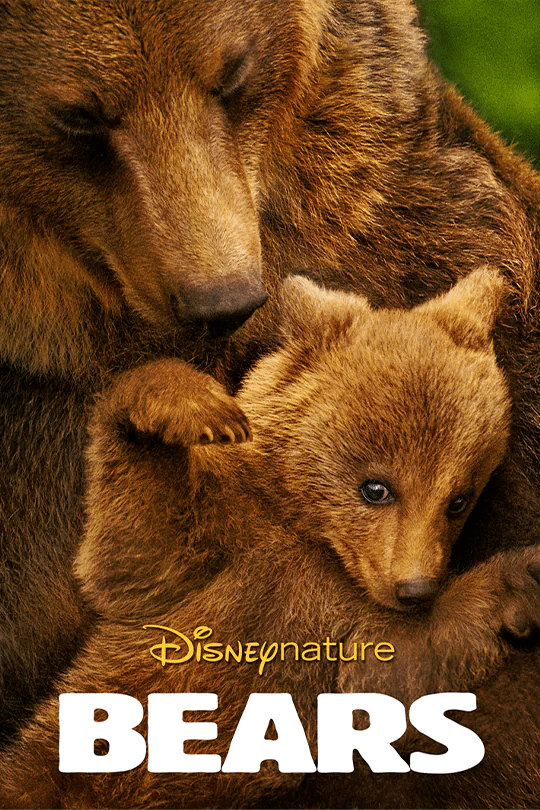

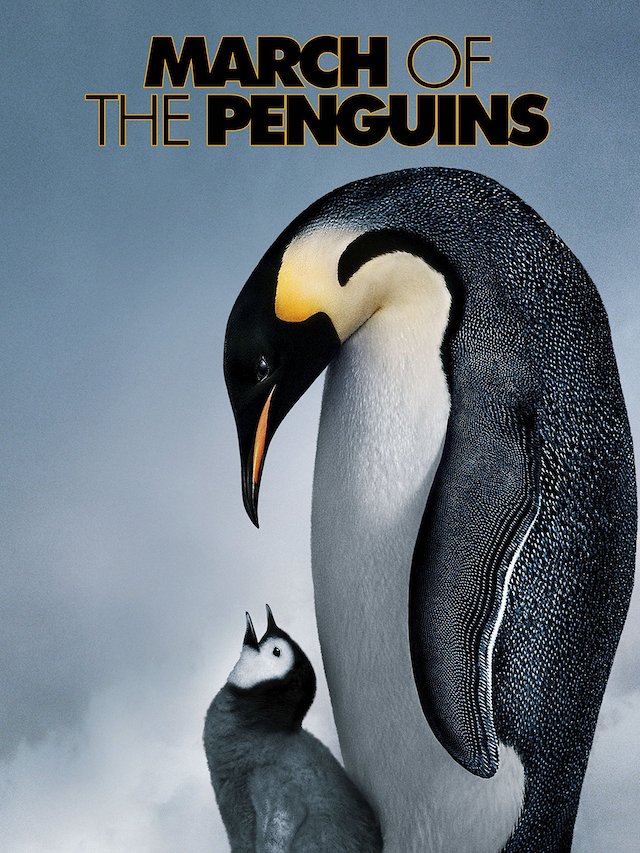

 Common Sense Media
Common Sense Media